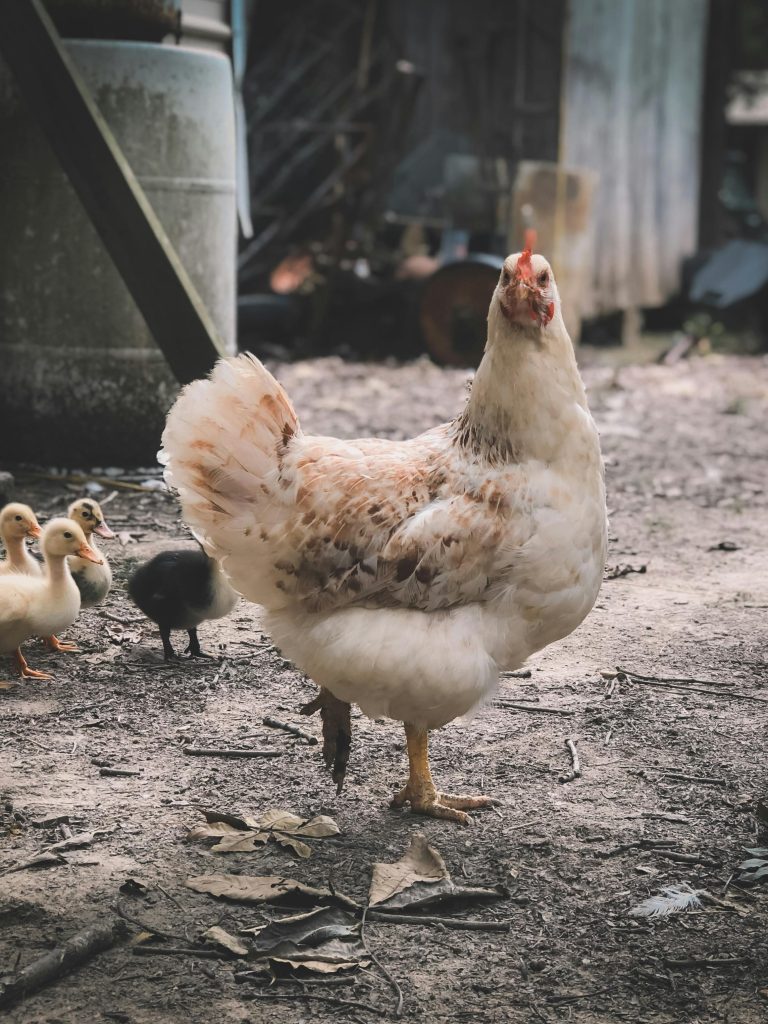All fields are required
Posted in Our Blog on February 11, 2025

Egg prices are on the rise, people are debating whether to keep the chickens they have or add more to their flocks. The mainstream media seems to be filled with updates, but some can be very vague. Here is the latest bird flu news and what we know as we enter another month of unknowns when it comes to this latest version of the illness.
Massachusetts health and environmental agencies on Wednesday offered fresh warnings about “widespread” bird flu suspected of killing wildlife and domestic poultry, asking people to report dead and sick birds and avoid contact with them, and keep cats and domestic birds indoors.
Officials said 500 to 1,000 wild bird deaths had been reported around the state, as well as a 30-bird flock of domestic poultry in Plymouth County. The wild birds are tough to estimate, according to state ornithologist Andrew Vitz of MassWildlife, because some go unreported and others are reported more than once.
“Surveillance testing of individual dead birds indicates the virus is widespread in the state among our wild water birds,” Vitz said on a press call with public health and agriculture officials.
Last week, state officials said the bird flu outbreak was likely responsible for the deaths of more than 60 Canada geese, swans and other birds in Plymouth. Nationwide, Brown said, the flu has struck millions of wild birds, 145 million domestic birds, and 943 herds of dairy cattle.
The current strain of the avian influenza H5N1 virus arrived in the United States in late 2021 and Massachusetts has seen “periodic outbreaks” since then, according to Vitz.
Hundreds of dead bird reports in January indicate the “largest outbreak in terms of the impacts of the number of individual birds and the geographic distribution in the state,” he said. He added that “we’re not sure what’s going on, why we’re seeing this bigger outbreak today.”
The current strain of the avian influenza H5N1 virus arrived in the United States in late 2021 and Massachusetts has seen “periodic outbreaks” since then, according to Vitz.
Hundreds of dead bird reports in January indicate the “largest outbreak in terms of the impacts of the number of individual birds and the geographic distribution in the state,” he said. He added that “we’re not sure what’s going on, why we’re seeing this bigger outbreak today.”
Symptoms of bird flu in birds
Birds with the virus may have symptoms such as:
In chickens, bird flu may involve:
If you suspect a bird or other animal is infected with bird flu, don’t touch the bird, their poop, or any water source that may have come into contact with their saliva, poop, or other body fluids. Notify a veterinarian or call the United States Department of Agriculture (USDA) at 866-536-7593.
Bird flu symptoms in people can vary. The illness often comes on quickly and may start out with mild flu-like symptoms that include:
In some people, the symptoms may continue or get worse, and include:
The virus mainly affects the respiratory tract – the nose, mouth, throat and lungs. But there have been a couple of cases in which the virus infected the brain and digestive tract in humans, which can be life-threatening. These cases show that bird flu in humans may not always look like the typical flu.
For more updates on bird flu keep an eye on Make Food Safe. This is an ever-changing event and we are trying to stay on top of the almost daily updates.